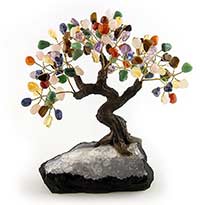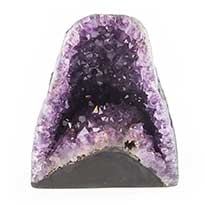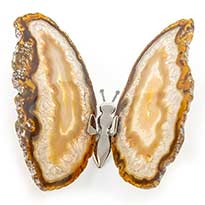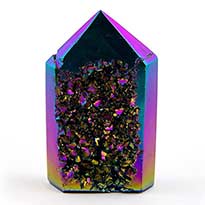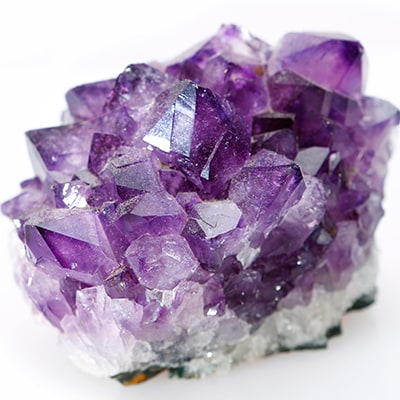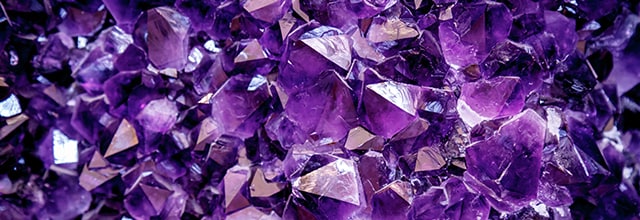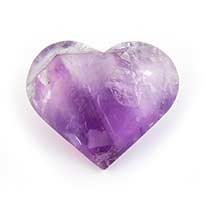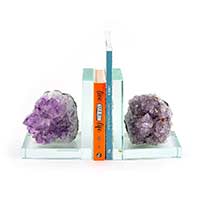Amethyst Origins of the Birthstone
Until the 19th century, Russia was a major supplier of amethyst. However, with the discovery of vast deposits in Brazil, amethyst became more abundant than previously thought, on par with rubies and emeralds. Nowadays, Africa and South America are the primary sources of amethyst, with Brazil still being a significant supplier. The southernmost state of Brazil is known for its rough amethyst, which has a lighter hue than those found in other countries. Some amethyst from Brazil is so large that a person could stand inside them.
The Anah mine, located in the Pantanal wetlands, is a prominent location for amethyst. It was uncovered by a Spanish conqueror in the 1600s, who received it as part of his marriage settlement with Anah, a princess. The mine is also renowned among diamond enthusiasts for producing the remarkable bicolored amethyst-citrine stones known as ametrine. Bolivia’s historic Anah mine boasts large amethyst and ametrine stones adorning its walls, showcasing the February birthstone.
Zambia’s Kariba mine is a major producer of amethyst in Africa, known for its high-quality stones with rich hues. In the United States, amethyst can also be found in Arizona at the Four Peaks mine, situated in the rugged Mazatzal Mountains. Despite challenging conditions such as remote location, scorching temperatures, and limited resources, this dry and snake-infested area yields excellent dark purple and purplish-red amethyst gems.

